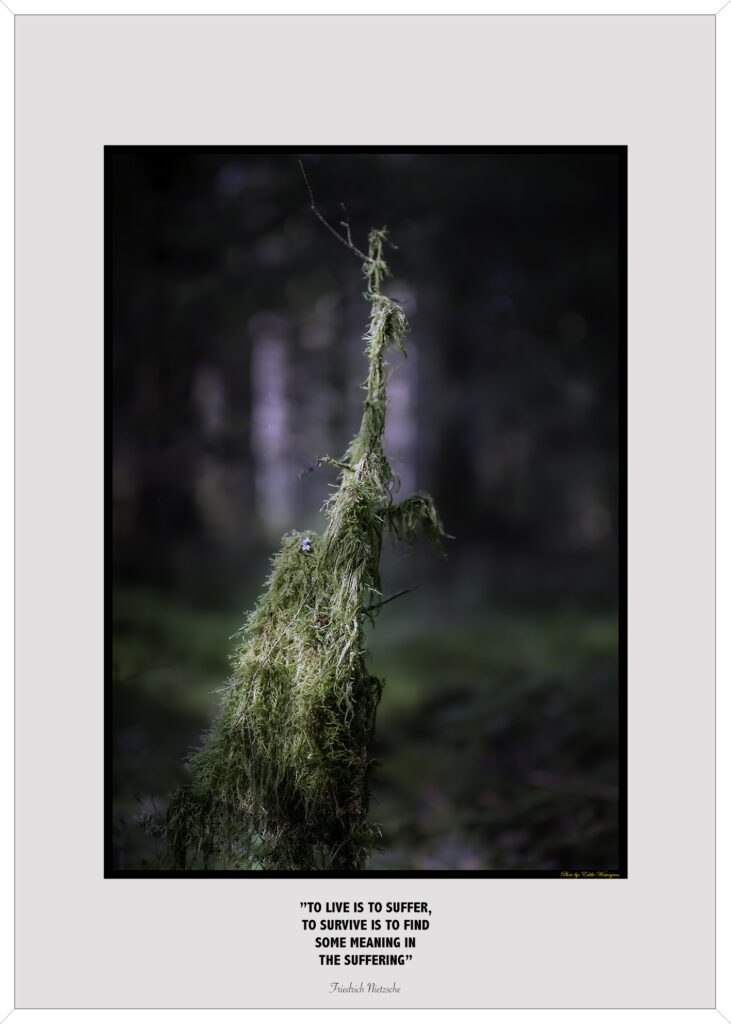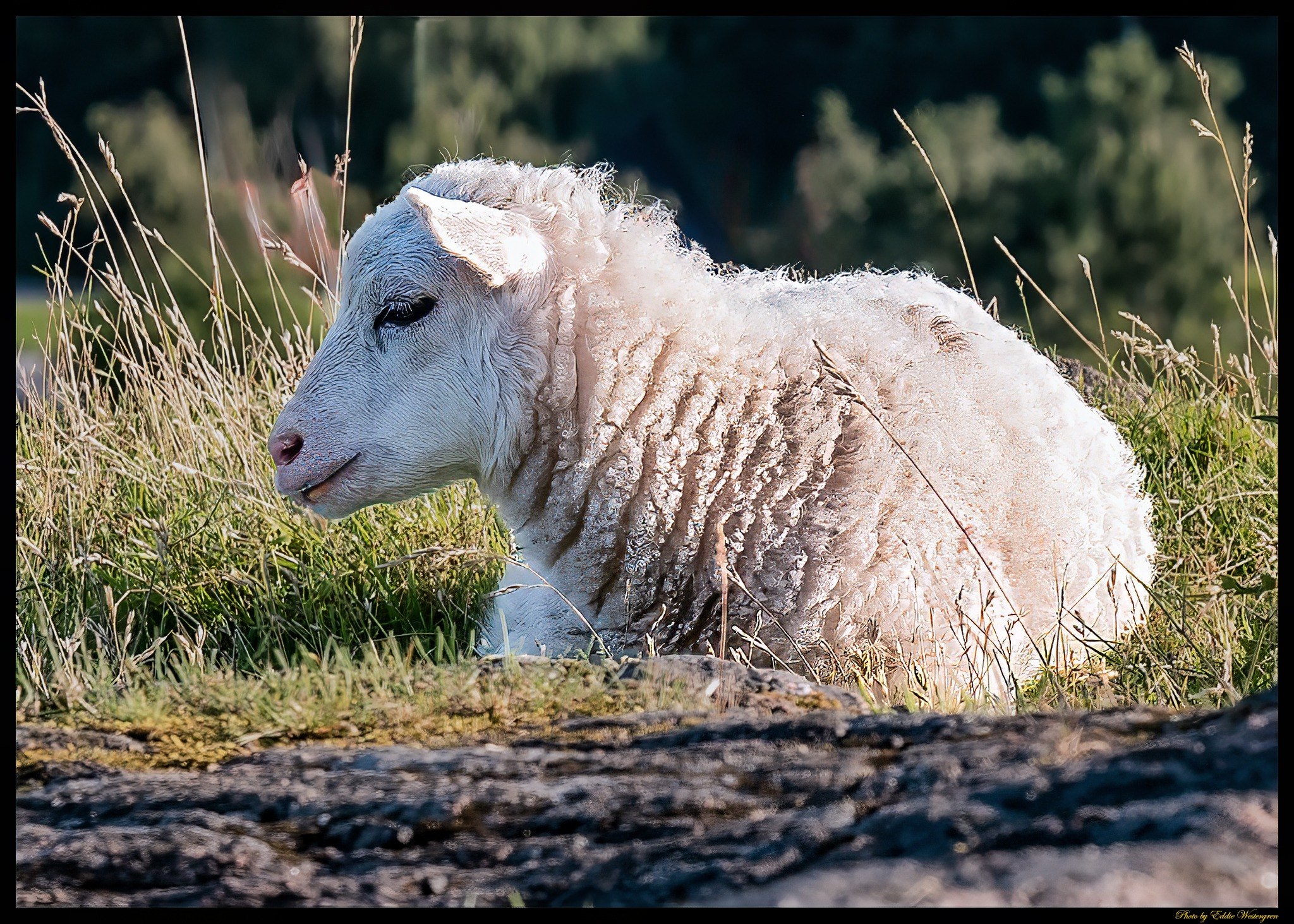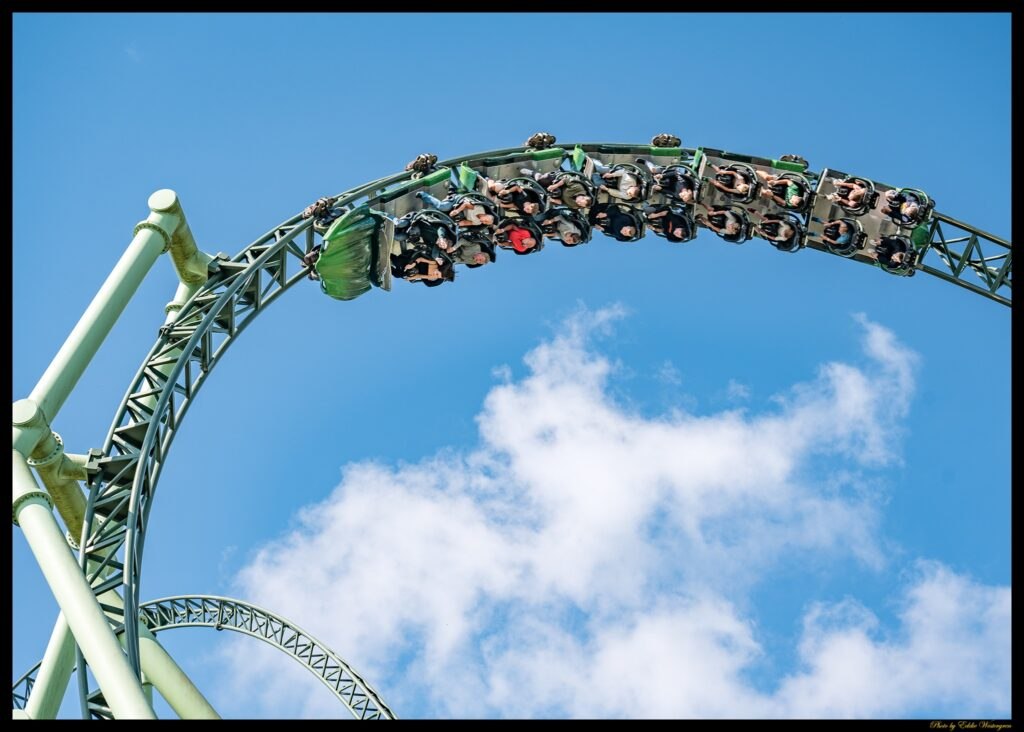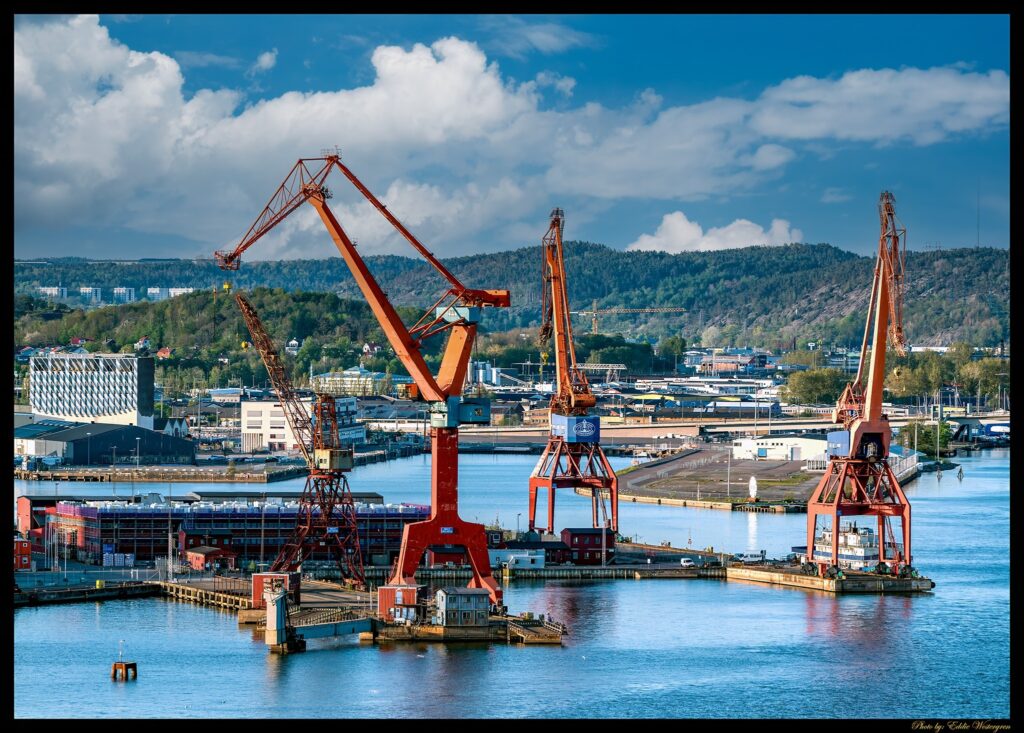
Rest Forest
In the deep hush of the spruce forest, where every sound is softened by moss and mist, a single branch rises toward the light. It is small — almost unnoticeable among the roots, needles, and fallen cones. Yet it stands there with quiet persistence. Like a thought emerging from the depths of sleep. The forest breathes around it; the air smells of earth, resin, and time. Shafts of sunlight break through the high canopy, golden and fleeting. Finding their way to this fragile twig as if guided by an unseen hand.
When the light touches it,
the branch seems to awaken. A soft radiance shimmers along its thin bark, outlining every tiny bud, turning the surrounding moss into a sea of emerald fire. For a moment, the forest feels like a temple — vast, living, ancient — and the little branch becomes its altar. Nothing moves except the dust of light itself, swirling like invisible prayers in the stillness.
This image has been captured, framed, and placed behind glass. Beneath it, engraved on the white passepartout, are the words of Friedrich Nietzsche. “To live is to suffer, To survive is to find some meaning in the suffering”. The phrase lingers as an echo — a reminder that what is small, overlooked, or strange often holds the pulse of something deaper.
The photograph does not shout for attention.
It invites silence. It asks the viewer to lean closer, to see how the mundane transforms when light and awareness meet. In the delicate posture of that tiny branch, one can sense defiance, grace, and an ancient kind of faith — the will to grow, even in shadow.
The moss will thicken, the trees will age, the seasons will turn. Yet this single gesture of reaching remains eternal. The branch, the light, and Nietzsche’s words together form a meditation on becoming: that even the smallest thing, touched by the sun, can reveal the vastness of existence.








